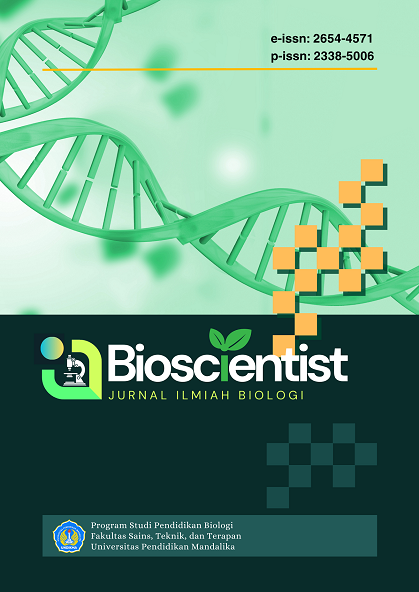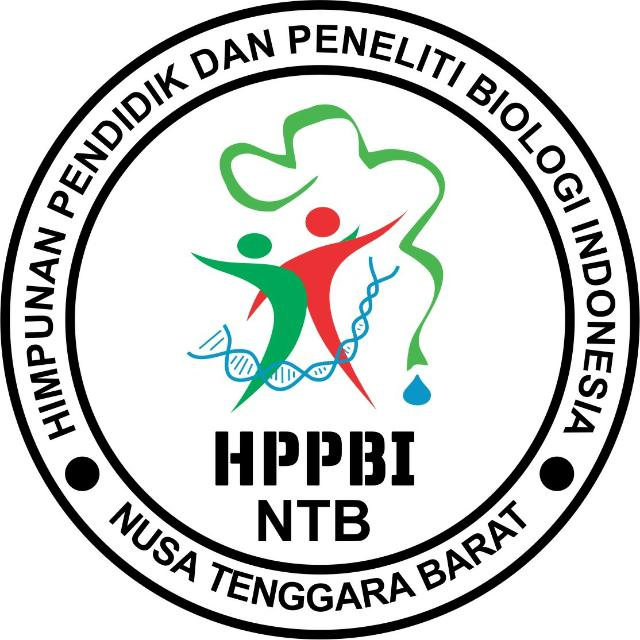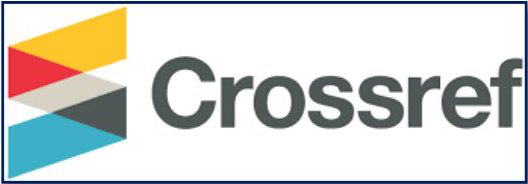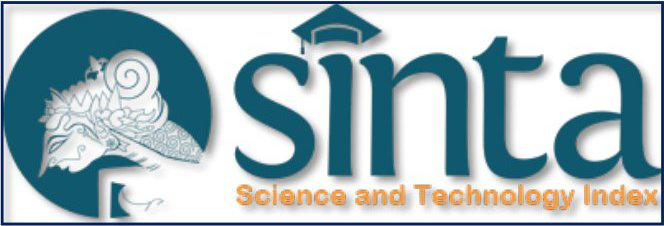Analisis Filogenetik Apis dorsata (Fabricius 1793) Bedasarkan Gen Chytochrome Oxidaxe I (COI)
DOI:
https://doi.org/10.33394/bioscientist.v13i1.14899Keywords:
Apis dorsata, filogenetik, cytochrome oxidase I (COI)Abstract
Apis dorsata is a giant honeybee species distributed across South and Southeast Asia. Phylogenetic analysis is used to illustrate the evolutionary relationships of organisms through a phylogenetic tree. This study aims to describe the genetic relationships of A. dorsata based on the cytochrome oxidase I (COI) gene. Sampling was conducted using an exploratory method in various regions, followed by DNA isolation, DNA amplification, sequencing, and bioinformatics analysis using GeneStudio, DNASTAR, MESQUITE, and MEGA 11. The results show that phylogenetic analysis using the Neighbor-Joining (NJ) and Maximum Likelihood (ML) methods produced a phylogenetic tree that clearly depicts evolutionary relationships. A. dorsata from Central Sulawesi is more closely related to other A. dorsata species within the same internal cluster, while other species are separated. These findings reveal a clear pattern of genetic relationships among A. dorsata populations.References
Ali, H., Iqbal, J., Raweh, H. S., & Alqarni, A. S. (2021). Proboscis behavioral response of four honey bee Apis species towards different concentrations of sucrose, glucose, and fructose. Saudi Journal of Biological Sciences, 28(6), 3275-3283. https://doi.org/10.1016/j.sjbs.2021.02.069
Baskaran, M. (2016). Variations in the CO-I and CO-II regions of mtDNA of the Indian honeybee Apis cerana indica (Farb.) in Tamil Nadu. Bulletin of Pure & Applied Sciences-Zoology, 35(1), 21-29. https://doi.org/10.5958/2320-3188.2016.00004.8
Bovo, S., Utzeri, V. J., Ribani, A., Cabbri, R., & Fontanesi, L. (2020). Shotgun sequencing of honey DNA can describe honey bee derived environmental signatures and the honey bee hologenome complexity. Scientific Reports, 10(1), 1–17. https://doi.org/10.1038/s41598-020-66127-1
Choiriyah, C. H. U. M. A. I. D. A. T. U. L. (2020). Optimasi amplifikasi ITS rDNA khamir menggunakan metode PCR yang diisolasi dari sarang lebah madu raksasa (Apis dorsata). UINSA Digital Library. http://digilib.uinsa.ac.id/id/eprint/42973
Ferdyan, R., Sumarmin, R., & Putri, D. H. (2021). Perbandingan sumber pakan dan strategi pemberian pakan Apis cerana dengan Apidae lainnya: A review. Bio-Lectura: Jurnal Pendidikan Biologi, 8(1), 37-44. https://doi.org/10.31849/bl.v8i1.6484
Hasam, S., Qarizada, D., & Azizi, M. (2020). A review: Honey and its nutritional composition. Asian Journal of Research in Biochemistry, 7(3), 34–43. https://doi.org/10.9734/ajrb/2020/v7i330142
Iwasaki, J. M., & Hogendoorn, K. (2021). How protection of honey bees can help and hinder bee conservation. Current Opinion in Insect Science, 46, 112–118.
Lamerkabel, J. S. A., Rumthe, R. Y., & Sarkol, M. E. (2023). Species diversity and nesting descriptions of stingless bees (Apidae; Meliponini) on Ambon Island. Jurnal Budidaya Pertanian, 19(1), 79–86. https://doi.org/10.30598/jbdp.2023.19.1.79
Li, H. Y., Luo, A. C., Hao, Y. J., Dou, F. Y., Kou, R. M., Orr, M. C., Zhu, C. D., & Huang, D. Y. (2021). Comparison of the pollination efficiency of Apis cerana with wild bees in oil-seed camellia fields. Basic and Applied Ecology, 56, 250–258. https://doi.org/10.1016/j.baae.2021.08.005
Liu, F., Shi, T., Yin, W., Su, X., Qi, L., Huang, Z. Y., ... & Yu, L. (2017). The microRNA ame-miR-279a regulates sucrose responsiveness of forager honey bees (Apis mellifera). Insect Biochemistry and Molecular Biology, 90, 34-42. https://doi.org/10.1016/j.ibmb.2017.09.008
Mamuaya, T., Samuel, M. Y., & Christine, A. C. (2024). Morphology, morphometry and analysis of the CO1 gene in silico Apis dorsata binghami from Southeast Minahasa. Jurnal Pendidikan Tambusai, 8, 8777–8785. https://doi.org/10.31004/jptam.v8i1.13716
Moradi, H., Khanahmad, H., Hosseini, M., & Rahimmanesh, I. (2017). SmtDNA: A Geant4-DNA user application for evaluating radiation-induced damage in supercoiled mitochondrial DNA. Journal of Biomedical Physics & Engineering, 1(6), 1-12.
Nabilla, M. (2024). Analisis jurnal variasi genetik makhluk hidup eukariotik. Jurnal Multidisiplin Ilmu Akademik, 1(3), 861-871. https://doi.org/10.61722/jmia.v1i3.1798
Niode, N. J., Adji, A., Rimbing, J., Tulung, M., Takahashi, J. I., Idroes, R., & Tallei, T. E. (2023, May). Genetic diversity analysis of Apis dorsata (Hymenoptera: Apidae) based on cytochrome C oxidase subunit I gene sequences. AIP Conference Proceedings, 2480(1). AIP Publishing. https://doi.org/10.1063/5.0103887
Nufus, L. S., Andayani, D., & Pahmi, K. (2023). Isolasi asam nukleat dari tanaman brokoli (Brassica oleracea L.). Jurnal Ilmu Kesehatan dan Farmasi, 11(2), 53-55. https://doi.org/10.51673/jikf.v11i2.2038
Pangsuma, N., & Hidayat, T. (2023). The urgency of understanding taxonomy in learning biology. BIODIK, 9(4), 95-110. https://doi.org/10.22437/biodik.v9i4.31092
Parker, C., Bernaola, L., Lee, B. W., Elmquist, D., Cohen, A., Marshall, A., ... & Tussey, D. (2019). Entomology in the 21st century: Tackling insect invasions, promoting advancements in technology, and using effective science communication—2018 student debates. Journal of Insect Science, 19(4), 4. https://doi.org/10.1093/jisesa/iez069
Semuel, M. Y., Wurarah, M., & Tuegeh, R. S. (2022). Antagonistic and antibacterial activity of Staphylococcus aureus and isolates of oral bacteria from the endogenous fungus Apis dorsata binghami nest. Jurnal Pembelajaran dan Biologi Nukleus (JPBN), 8(2), 273-283. https://doi.org/10.36987/jpbn.v8i2.2739
Shakya, M., Ahmed, S. A., Davenport, K. W., Flynn, M. C., Lo, C. C., & Chain, P. S. G. (2020). Standardized phylogenetic and molecular evolutionary analysis applied to species across the microbial tree of life. Scientific Reports, 10(1), 1–15. https://doi.org/10.1038/s41598-020-58356-1
Sopaladawan, P. N., Buala, S., & Pramual, P. (2024). Genetic diversity, genetic structure, and demographic history of giant honeybee Apis dorsata Fabricius, 1793 (Hymenoptera: Apidae) in Thailand. Tropical Natural History, 24, 230-238. https://doi.org/10.58837/tnh.24.1.264542
Subari, A., Razak, A., & Sumarmin, R. (2021). Phylogenetic analysis of Rasbora spp. based on the mitochondrial DNA COI gene in Harapan Forest. Jurnal Biologi Tropis, 21(1), 89–94. https://doi.org/10.29303/JBT.V21I1.2351
Zhang, H., & Bu, W. (2022). Exploring large-scale patterns of genetic variation in the COI gene among Insecta: Implications for DNA barcoding and threshold-based species delimitation studies. Insects, 13(5), 425. https://doi.org/10.3390/insects13050425













